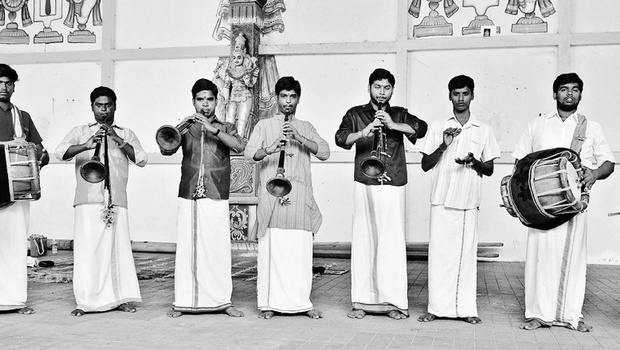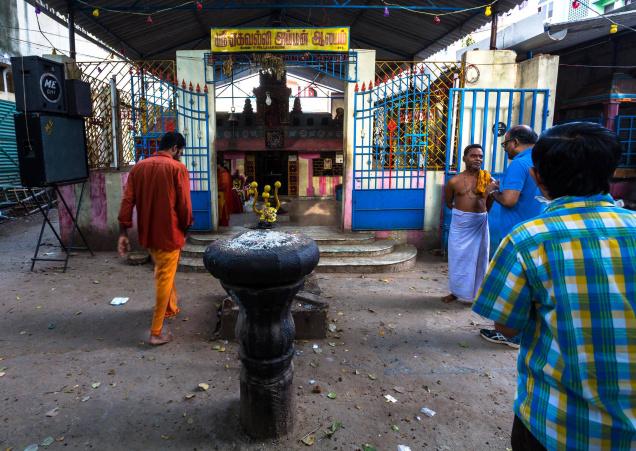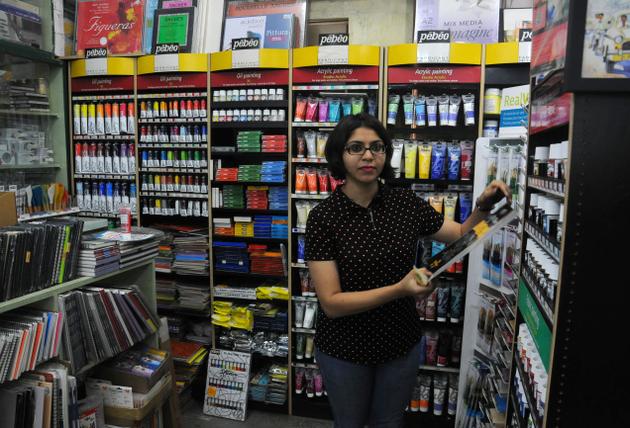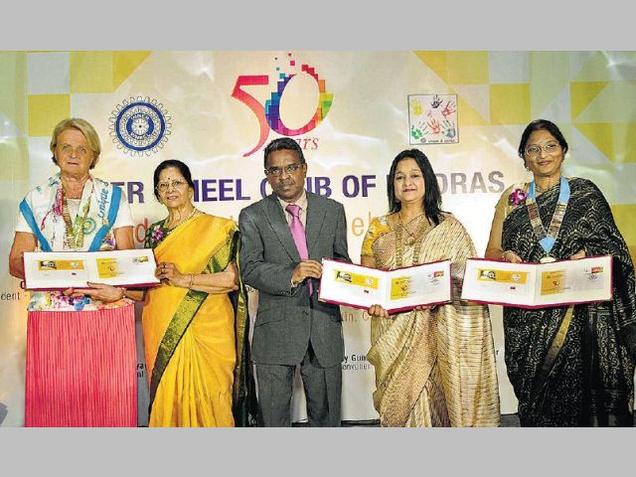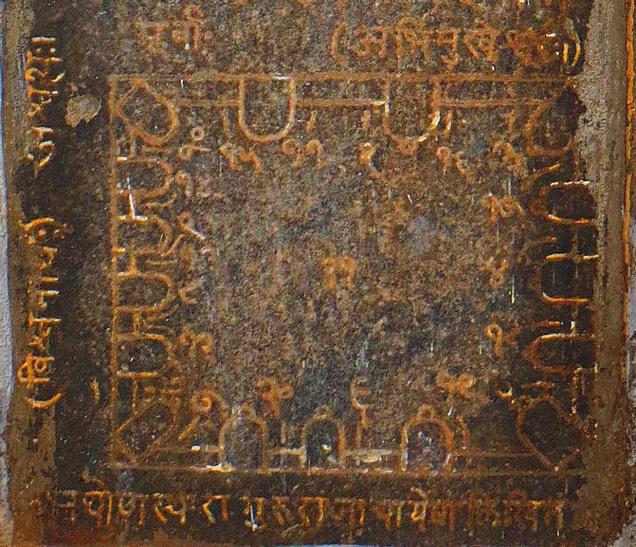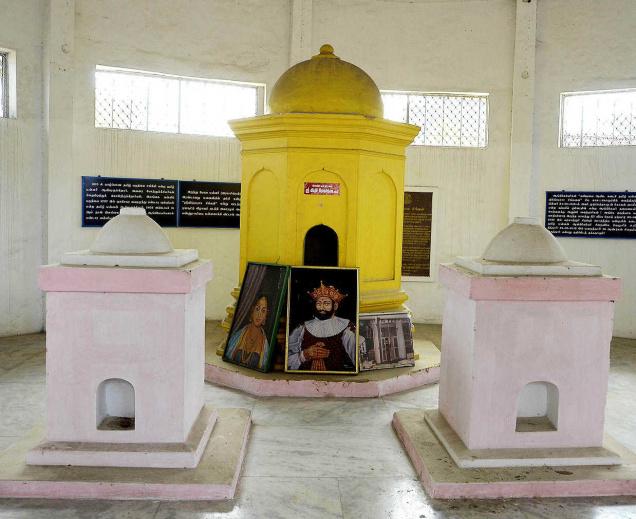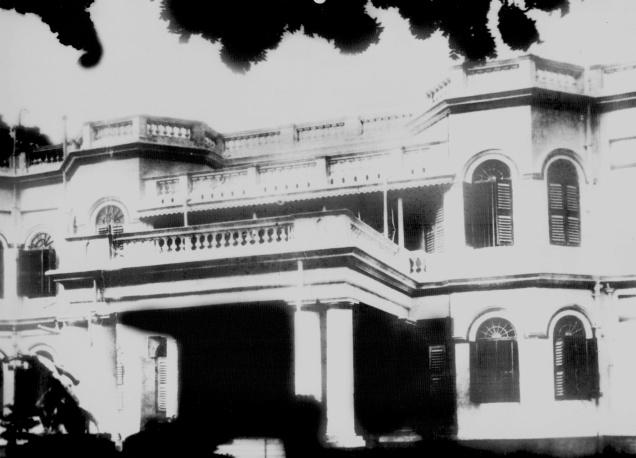
A calendar anyone interested in the city’s past might like to possess is ‘Madras Then…’ brought out by the C.P. Ramaswami Aiyar Foundation with a dozen old pictures of Madras taken in, I would say, the early 20th Century. There are certainly a couple of pictures in it I’d like to use in this column when the occasion rises, because in one case the view presented is of buildings well-known but no longer visible in this fashion, and, two, the scene and its venue no longer exist. Meanwhile, however, with all the recent references to houses on Eldam’s Road, a third picture caught my attention and I present today The Grove, the Foundation’s present home and once the home of Sir C.P., though its main entrance was then on what was Mowbray’s Road.
Once woodland, the land at the junction of Eldam’s Road and Mowbray’s Road (T.T.K. Road) had belonged to John Bruce Norton, the eminent lawyer. It then passed into the joint hands of Bhashyam Aiyangar, Madhava Rao and Chentsal Rao. They, in turn, sold the three acres and a small house in it for Rs. 30,000 to Venkatasubba Aiyar in 1882. Venkatasubba Aiyar had only one child, Seethalakshmi Ammal, and she was CP’s mother. In 1885-86, Venkatasubba Aiyar developed the small house into a mansion, The Grove, and gifted it to his only daughter. She in turn left it to her only son, CP.
Two outstanding features of the house were its magnificent, eight-pillared portico and its 16-pillared central hall, a kalyanakoodam (wedding hall). In this marriage of Occidental and Oriental styles, the former’s pillars were of masonry, the latter’s included 12 of Burma teak and four of African ebony. Steel girders were imported from England for the roof of the kalyanakoodam and the ceiling for the Venetian marble-floored library came from Belgium. Over the years, the mansion was expanded considerably, but leaving its main features untouched.
A description of the property adds, “The grounds were lovingly tended… Two-century old rain trees and the rare African baobab trees were carefully looked after. Well manicured lawns were laid. Exotic plants defied the searing Madras summers to perform botanical miracles. Fountains and marble statues sprouted at the most unexpected spots. A lovely naked marble maiden sprang up bang in front of the portico. At the main entrance to the property a grand pair of wrought iron gates was erected. Needless to say, the long driveway (from the gates to the portico) was simply spectacular…”
It was in these grounds that CP exercised his passion for riding while his numerous dogs yapped at the heels of whichever horse he was on. These gardens had a fascinating story to tell. When Annie Besant was interned in Ooty over her allegedly seditious writing in New India, CP took it upon himself to edit the paper and bring it out. If he had edited the paper from his house, he ran the risk of the house being confiscated under the prevailing laws of sedition. So he placed chair and desk under the shade of a divi divi tree in the garden and put up a notice saying the spot was the editorial office of New India. It was an arrangement that continued till Annie Besant returned to Madras.
But for all the magnificence of The Grove and its gardens, its lavish parties and the hosting of the eminent, its pride was its library. In the 1930s, it was described by a knowledgeable visitor as “one of the finest private libraries in India”. It had 50,000 books, numerous paintings and antiques. Situated on the first floor of The Grove, in a room that could have done with more windows, it was a meticulously arranged facility that always overwhelmed visitors.
*****
When the postman knocked …
With a whole heap of mail, the rest of this week’s column is devoted to what the mail, snail as well as space, has brought in.
*Pointing out an error in my recollection of G. Subramania Aiyar (Miscellany, January 18) S. Raghavan writes: “The story states that Mr. Aiyar was among those who started The Aryan School (which was the precursor to Hindu High School). Hindu High School (or its precursor), to the best of my memory, was founded in 1852 and the school celebrated the centenary in 1952 with the construction of a Centenary Block. Mr. Aiyar was born around 1855, I wonder as to how he could have been among those who started Hindu High School. Of course, if he had started The Aryan School sometime in the 1880s and this was later merged with Hindu High School (which obviously was an older school) the story may be acceptable but in that event Mr. Muthiah ought to have clearly stated thus (instead of stating “now Hindu High School” in parenthesis). The story gives the impression that Hindu High School was started by Mr. Aiyar (as Aryan High School) which is definitely not true.” This was a case of error compounding error. My original source was an article in The Hindu of April 26, 1998 which stated: “He was appointed headmaster of the Anglo-Vernacular School, Triplicane. Later, he started the Aryan (now Hindu) High School.” What I did not read carefully enough was a correction to this from V. Subramanyan, grandson of G. Subramania Aiyar. He wrote to the author of the original article as follows:
“No doubt G.S. Aiyar was appointed the Headmaster of the Anglo-Vernacular School (now the Hindu High School), Triplicane. Disagreeing with some of the committee’s policies, he came away and in 1888 founded Aryan High School (now Kellett High School), Triplicane. He admitted to the school all boys regardless of caste.” In further clarification, may I add, a Tamil and a Telugu Padasala in Triplicane were founded in 1852 and merged in 1860 as the Triplicane Andhra Dravida Padasala. This was later renamed Anglo-Vernacular High School of which G.S. Aiyar became Headmaster in 1879. This School was renamed as Hindu High School in 1897.
*It’s all still a bit confusing, those houses on Eldam’s Road that I wrote about on January 4 and 25. V. Ramnarayan tries to explain it to me in these words: “Soundarya was the large house next to Sri Sundar(where P.S. Ramachandran (PSR) lived) in a compound measuring 28 grounds or an acre or so.Soundarya was in a separate compound to the left of Sri Sundar. There were two houses, Sundar andParvati, in one compound, and Soundarya was a different property. It was much bigger, too.Soundarya had belonged to Justice P.R. Sundara Iyer, Ramachandran’s father. M.D. Seshadri Iyengar had bought it for about Rs. 60,000. P.S. Ramachandran’s eldest brother P.S. Swaminathan owned Soundarya Nursery, and I am sure it was no coincidence that it shared a name with the Eldam’s Road house. Sri Parvati still stands in its original form, maintained by Lakshmi Venkataraman, daughter of P.S. Venkataraman (PSR’s elder brother), a building contractor. At Sri Parvati is an art gallery run by Lakshmi. Sri Sundar was developed into flats many years ago.
“When I was growing up, both Sundar and Parvati were with our extended family (and still are), whileSoundarya was already owned by M.D. Seshadri Iyengar. It had belonged to an Englishman, and I have all along believed that P.R. Sundara Iyer bought it from him and that his sons sold it to MDS. However, I was once told, that P.R. Sundara Iyer sold it to an Englishman who sold it to MDS.
“When P.R. Sundara Iyer’s sons ventured into business and went bankrupt, only the minor son P.S. Ramachandran’s properties had been protected under the law, according to family lore. That is howSundar and Parvati were saved. PSR is said to have helped his brothers, including the eldest, P.S. Swaminathan, who then started Soundarya Nursery, which became a success.”
*Joshua Kalapati, the chronicler of Madras Christian College, writes in connection with my reference to Prof. Edward Ross and S.R. Ranganathan, the Father of Library Science (Miscellany, January 4), “Ross was an outstanding teacher of both head and heart. He was Seventh Wrangler in the Mathematical Tripos of Cambridge University in 1904. Having studied Statistical Theory under the famous Professor Karl Pearson in the University of London, Ross sought to introduce all these pioneering ideas in the Mathematics Department of Madras Christian College, where he taught between 1907 and 1933. Ross not only enabled Ranganathan to do his B.A. in 1909, but Masters as well, although he was the only one student in the Mathematics Department. It was a blessing because Ross taught his brilliant pupil, as it is said, ‘in the corridors, in his flat and all around’. Because Ranganathan lived in the First Student Home of the College, more interaction was possible. There was also a connection with the great mathematician Srinivasa Ramanujan, who also admired the genius of Ross. Robert Kanigel, Ramanujan’s biographer, narrates that when he was very ill, Ramanujan placed two large notebooks stuffed with Mathematics into the hands of a close associate, saying, “If I die, please hand over to Professor Singaravelu Mudaliar from Pachiappa’s or to Edward Ross of Madras Christian College’.”
*From Australia comes another communication from A. Raman. Sending me the title page of Materia Medica – Madras published by the Government of Madras, he points out that the correct name, as indicated on this page, is Mohideen Sheriff and not Moodeen Sheriff as variously stated (Miscellany, January 4). Dr. Mohideen Sheriff’s classic comprises six volumes.
*A.V. Mukuntharajan, responding to my request for more information on P.M. Adikesavalu Naicker (Miscellany, January 18) wonders whether he is the same person who was known as Sardar Adikesavalu Naicker who lived opposite the railway gate in Washermenpet. The title ‘Sardar’, he thinks, was bestowed by Mahatma Gandhi. Which only makes me want to know more about this leader.
source: http://www.thehindu.com / The Hindu / Home> Features> MetroPlus> Society> Madras Miscellany / by S. Muthiah / January 30th, 2016
